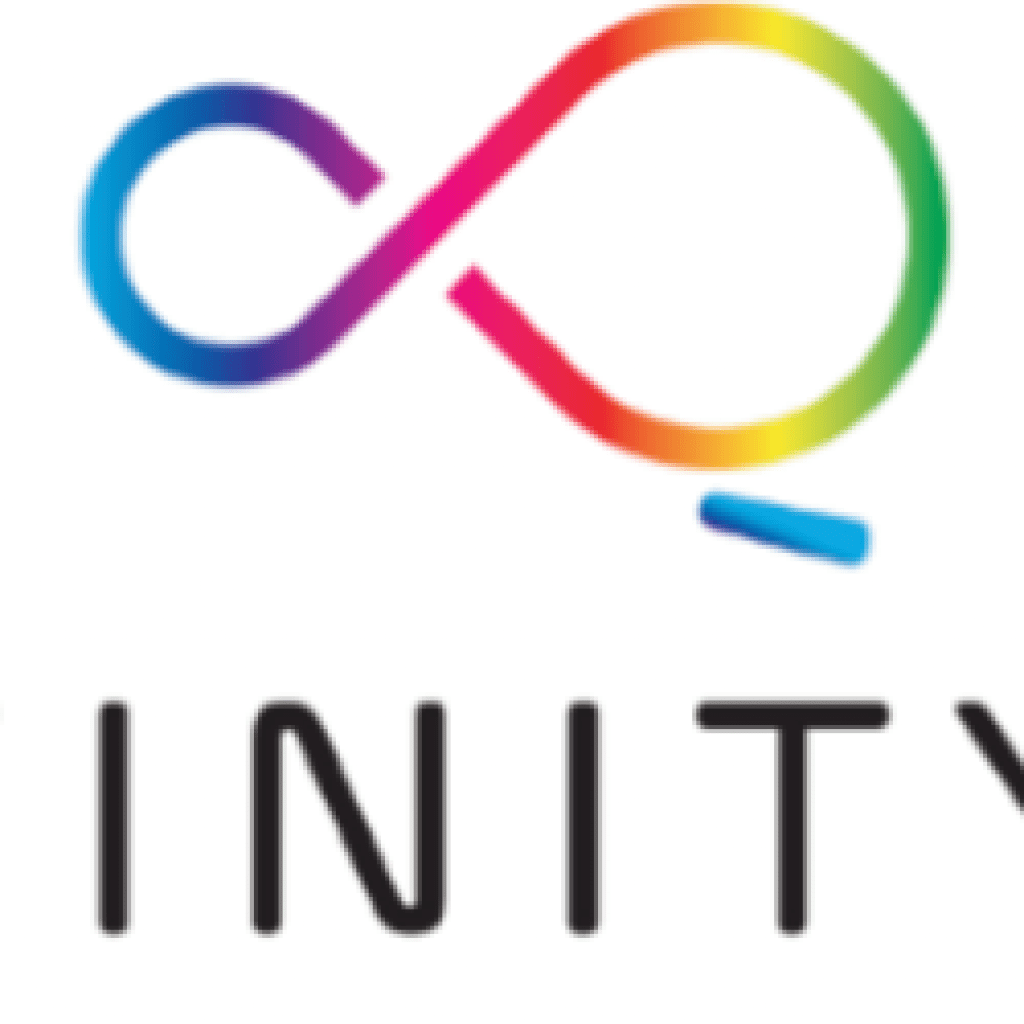(ZDNet) InfinityQ Technologies came out of stealth mode April 29th, promising to do quantum computing with all of its benefits but without the tedium of a sub-zero refrigerator stuffed full of unstable materials.
“We can create artificial atoms that make possible circuits that behave like a quantum system,” said InfinityQ’s Aurélie Hélouis. “Our qubits are quantum analog circuits.”
InfinityQ takes advantage of the fact that quantum phenomena such as “super-position,” where two values can exist simultaneously for a bit of information, can be represented in a number of ways.
A quantum system doesn’t have to necessarily be a trapped ion, as in the case of Honeywell’s quantum machine, or a Majorana fermion, as in the case of Microsoft’s experiments in quantum. It can be simpler material that can produce the same phenomena to be measured but with less mess.
We have come up with an analog circuit that behaves exactly like an electron would behave inside an atom in a lambda configuration,” said Sellier. “You have a ground state and one excited state, so this is a qubit, but instead of using real atoms, we have something that behaves exactly like real atoms.”
Sellier and team are not disclosing the details of the chip until the patent documents are filed. But it is possible to surmise some elements. Analog circuits, unlike traditional digital chips, represents the flow of current. Flow can be measured as amplitude peaks and valleys.
With a paradigm of energy flow, the use of an analog chip can mimic in some senses what is being measured in quantum systems. It is different from running qubits through a “gate” that mimics classical switched electrons.
“The gate paradigm is different from us,” said Hélouis, referring to all conventional quantum systems. “We are closer to the adiabatic and the annealing paradigm right now.”
The paradigm that Sellier and Hélouis describe is one that shows up in artificial intelligence in its “connectionist” or deep learning version. It is an energy model.
InfinityQ took shape as Hélouis and Sellier started bouncing back and forth ideas about quantum at Montreal’s MILA institute, a hotbed of artificial intelligence, where both were working for MILA’s legendary AI director, Yoshua Bengio.
The Future Is Analog: Startup InfinityQ Pushes Novel Quantum Computer with Quantum Analog Circuits
